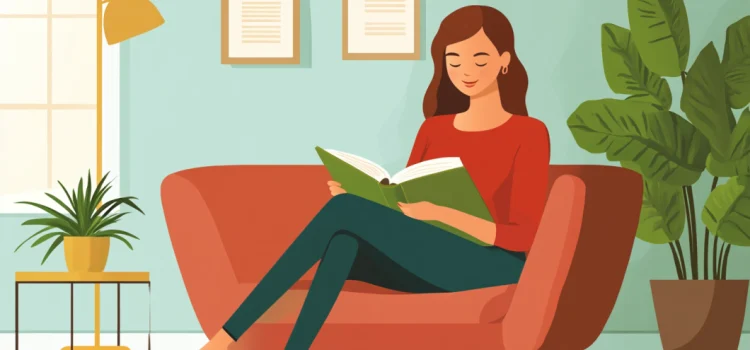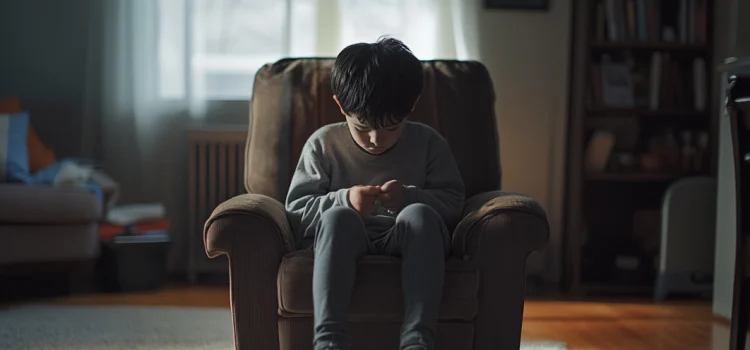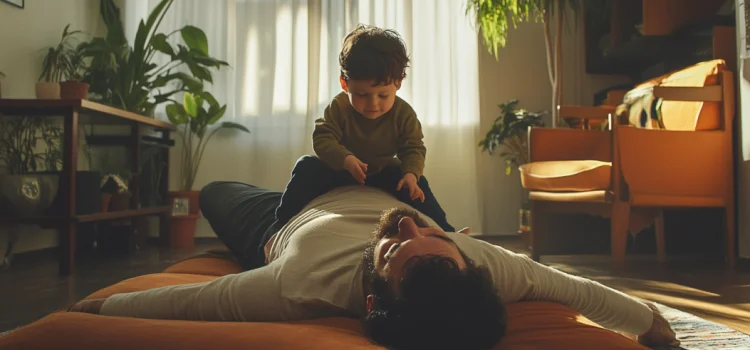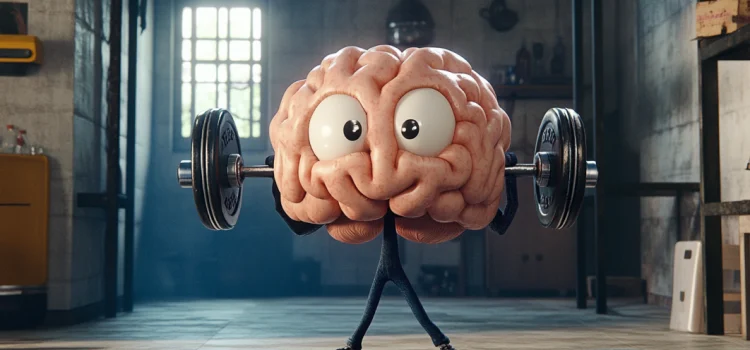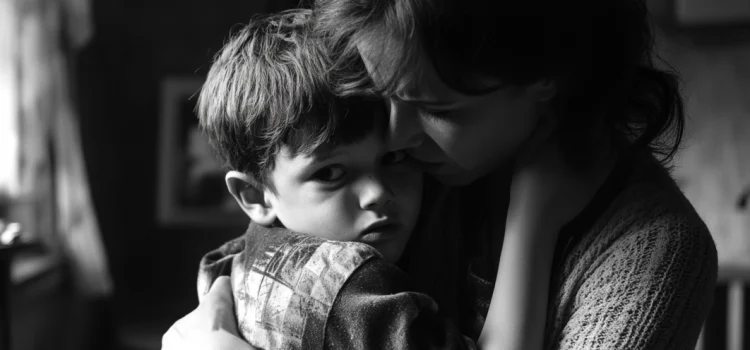Why should you let your child experience hardship? How can you prevent your child from acting like a victim? Why shouldn’t you try to cheer your child up when they’re sad? There are countless books telling parents how to give their children the best possible upbringing, but psychotherapist Amy Morin realized that there were few—if any—warning parents about what not to do. That’s why she wrote 13 Things Mentally Strong Parents Don’t Do, describing 13 common mistakes and how to avoid them. Continue reading for an overview of Morin’s game-changing parenting book.
13 Things Mentally Strong Parents Don’t Do—Book Overview
